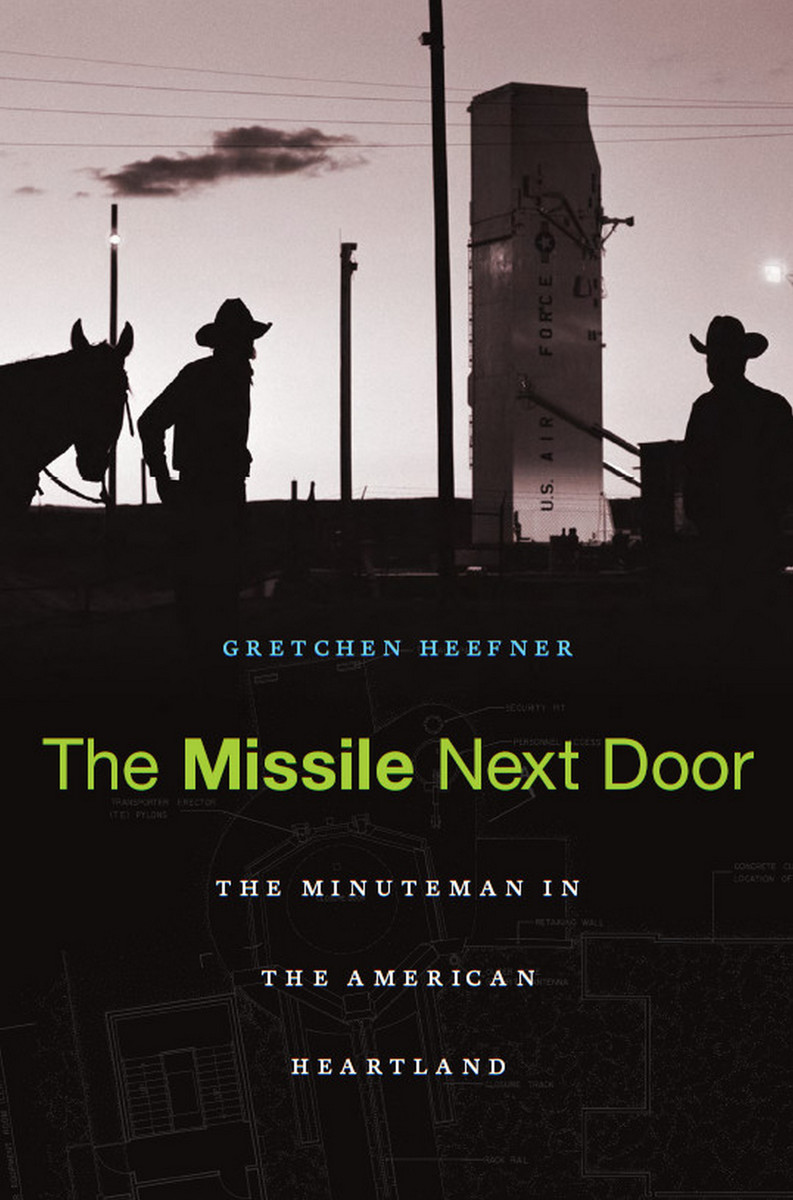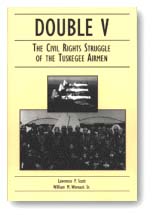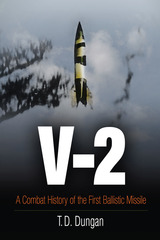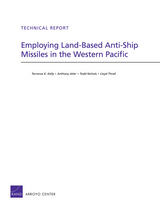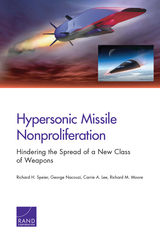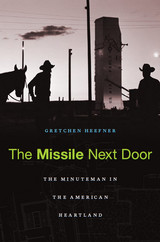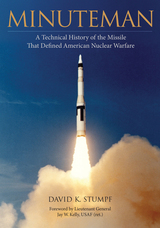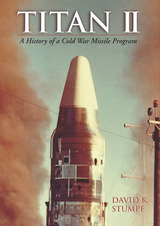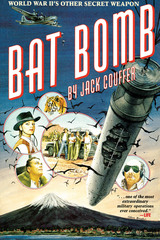Superb...From the first pages of the book, Heefner asks her readers to confront both the utter weirdness and the real threat involved in a project where people cohabited with missiles that each contained a 1.2 megaton warhead and a whole defense complex operated beneath their feet...The stories that unfold in this book--such as what happens when a few ranchers begin to protest the arrival of the missiles--are not only essential to understanding the Cold War West; they are also simply extraordinarily memorable. The beginning of chapter 4 is a textbook case for any government agency on how not to introduce a major new program into a community...Heefner's work is richly researched and wonderfully written. This book will have broad appeal to western and twentieth-century historians alike.
-- Karen Merrill Western Historical Quarterly
Heefner makes a significant contribution to the growing genre of new military history, adeptly describing how the Defense Department made the strategic and political decision to scatter Minuteman missile silos across the Plains and the upper West...Her wonderfully written and well-researched work draws from across the historical spectrum; cultural, social, military, and environmental historians, in particular, will find value in her effort.
-- W. T. Allison Choice
Sure that a 'missile gap' spelled doom for the United States, a massive national effort began [in the 1960s] to assure nuclear deterrence against a Soviet attack. Emerging from this hysteria came the idea of depositing individual intercontinental ballistic missiles in underground silos across tens of thousands of square miles in the American heartland. Heefner expertly examines the players in this ghastly game: the engineers who developed the technology, the military personnel who implemented it, the politicians who proselytized for it and the rugged individualist landowners who accepted it...Heefner's dispassionate and engrossing prose manages to raise both reasonable and troubling questions. An important look at a militarized America and the costs of this transformation.
-- Kirkus Reviews
American history buffs, especially of the impact of national programs on ordinary lives, and those concerned with the military-industrial complex, will enjoy.
-- Michael Eshleman Library Journal
During the cold war, Americans were sold a terrifying and ultimately unnecessary truth: that to deter disaster, weapons of mass destruction had to be kept in the heartland. Heefner's impressive first book focuses on the ways in which the government and the Air Force controlled the press and sold the public on storing 1,000 Minuteman intercontinental ballistic missiles throughout the flyover states. As development costs of the Minuteman ballooned, local government officials wrote pleas to house the missiles within their towns. Chosen communities were often struggling economically, and the jobs and government funding that came from missile storage seemed a possible panacea. But as the Soviet threats proved increasingly unlikely, the attitudes of those who housed the missiles in their backyards changed. Farmers lost sections of their farmland for decades and did not receive sufficient compensation for their loss. Ranchers' livelihoods were often dashed by the militarization of their land, and the land that had been turned over to the government was often held up by legal jargon before redistribution, and was unusable for farming by the time it was returned. Heefner's deftly constructed and accessible narrative of this troubling period illustrates how war became a way of life in the mid- 20th century.
-- Publishers Weekly
In this fascinating account, Heefner vigorously argues for the central place of military defense in postwar American life. And she takes us into the very American heartland to tell her story. There, under the Great Plains, a thousand Minuteman missiles stood quietly at attention in their silos. The Missile Next Door reveals how they got there, what they were designed to do, and how they forever changed the nation. This book truly brings the Cold War home.
-- William Deverell, author of Whitewashed Adobe: The Rise of Los Angeles and the Remaking of Its Mexican Past
No other work tells the story of the Minuteman as effectively or as eloquently as The Missile Next Door. Heefner consciously and impressively speaks to two distinct and rarely intertwined literatures: Cold War military strategy and technology and the environmental history of the American West. She admirably demonstrates that the missile's development and deployment offer a unique lens through which to view the broader themes of the Cold War.
-- Jeffrey A. Engel, author of Cold War at 30,000 Feet: The Anglo-American Fight for Aviation Supremacy
A haunting and intensely personal story about Cold War America's decision to place ICBMs in the Great Plains. Heefner introduces us to the individuals, families, and communities who lived with the cataclysmic potential of nuclear deterrence, and she untangles the complicated relationships they forged with the federal government and the missiles buried in their backyards. Offering compelling prose and analysis, The Missile Next Door is destined to become a classic in Western and Cold War home-front history.
-- David Rich Lewis, author of Neither Wolf nor Dog: American Indians, Environment, and Agrarian Change
The Missile Next Door is one of the most important books to be written about the history of rural America after World War II. Heefner reveals how the stories of rural residents of the Great Plains can be integral to the history of the nation but remain ignored in its retelling. We can now see that rural people in American West were on the front line of the Cold War.
-- Catherine McNicol Stock, author of Rural Radicals: Righteous Rage in the American Grain
